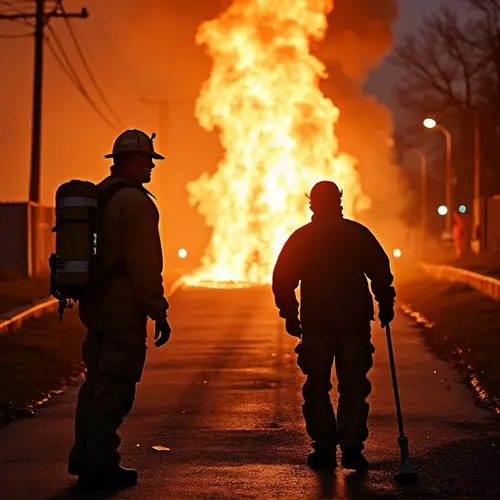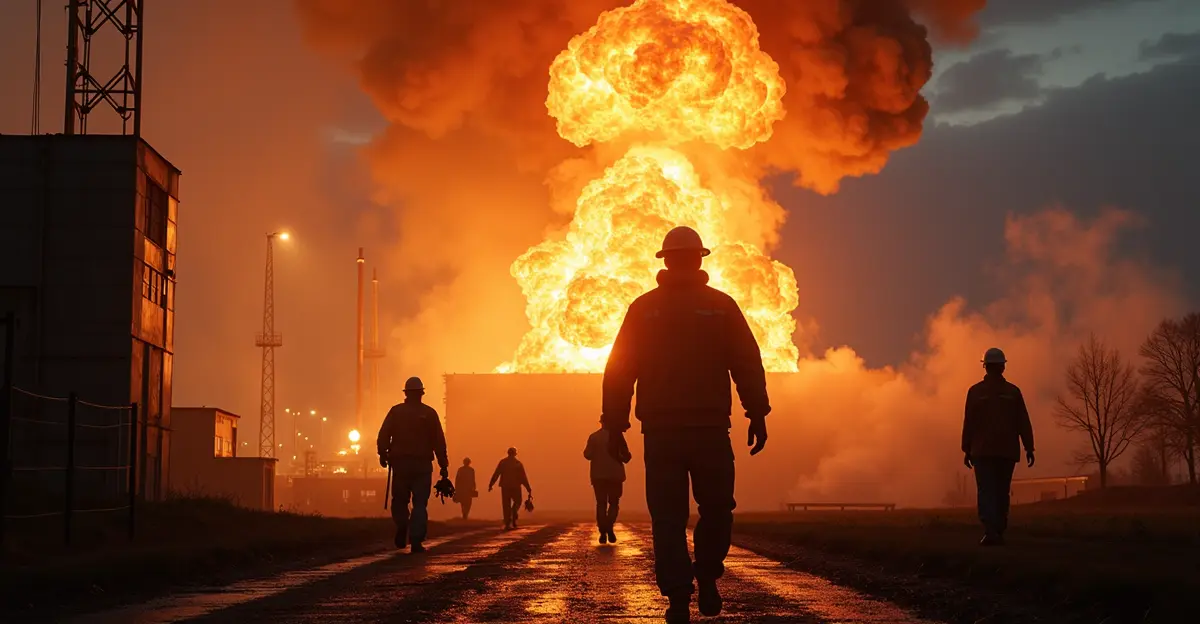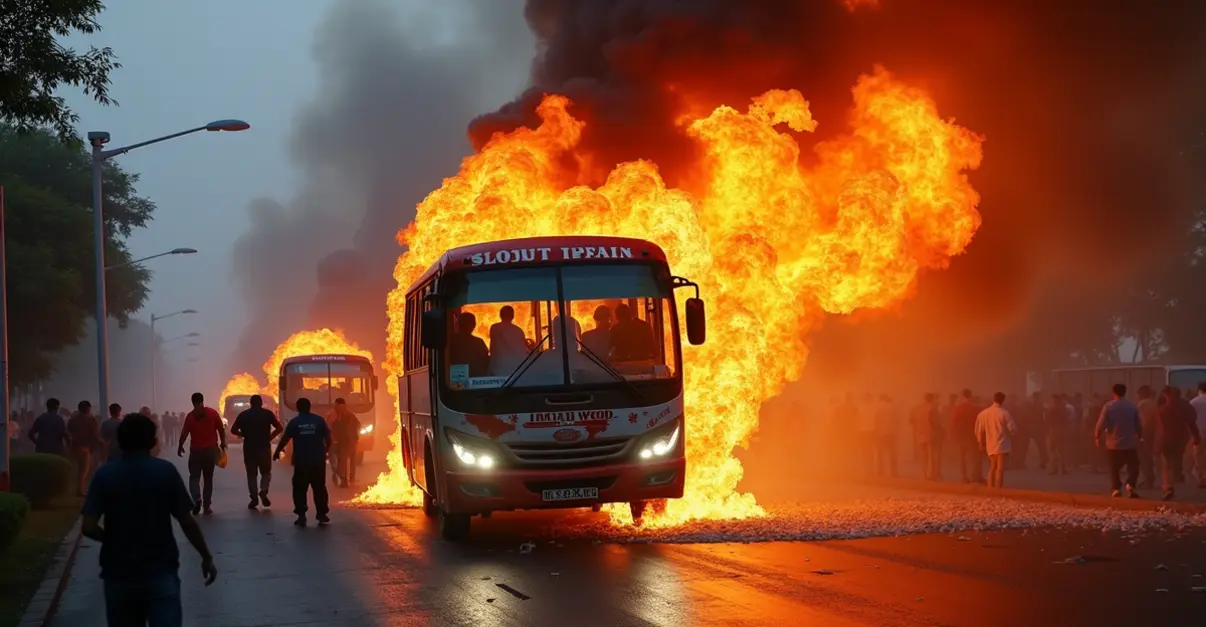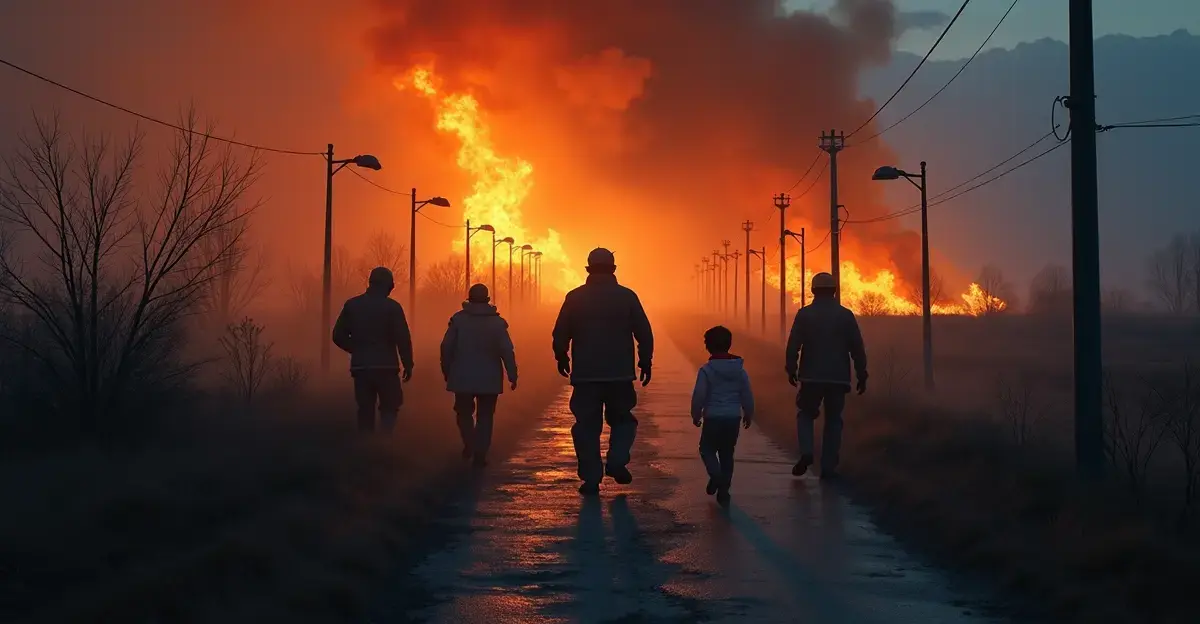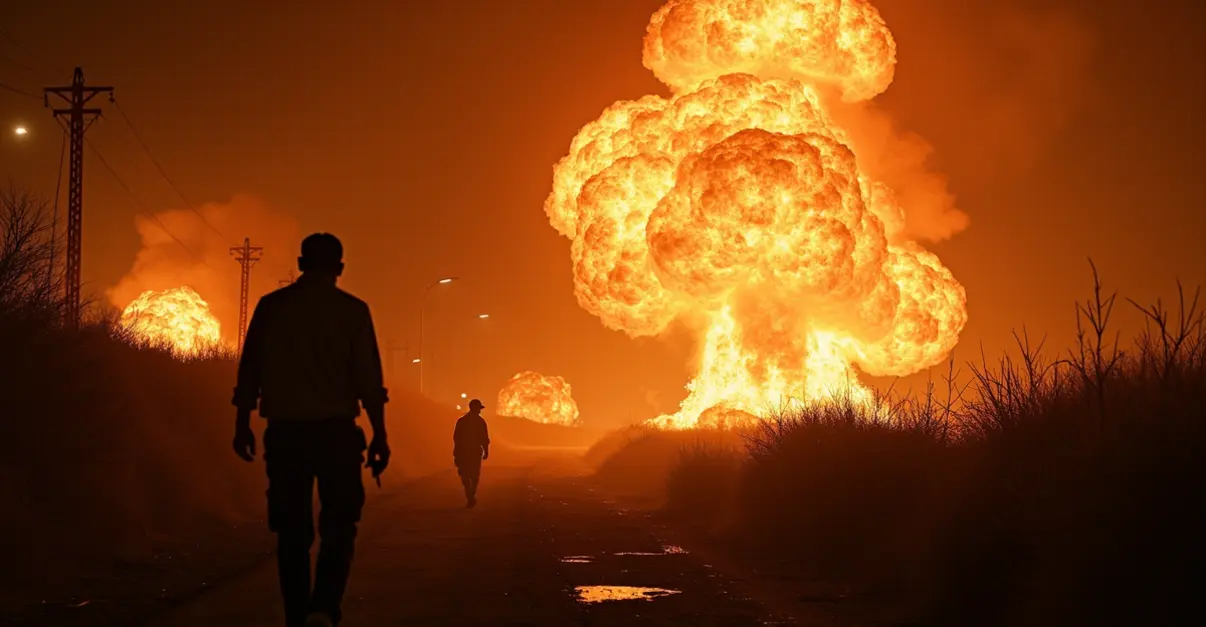At least 16 killed in Bangladesh garment factory fire with locked emergency exits and chemical explosion. Highlights ongoing safety concerns in world's second-largest clothing industry despite international safety agreements.
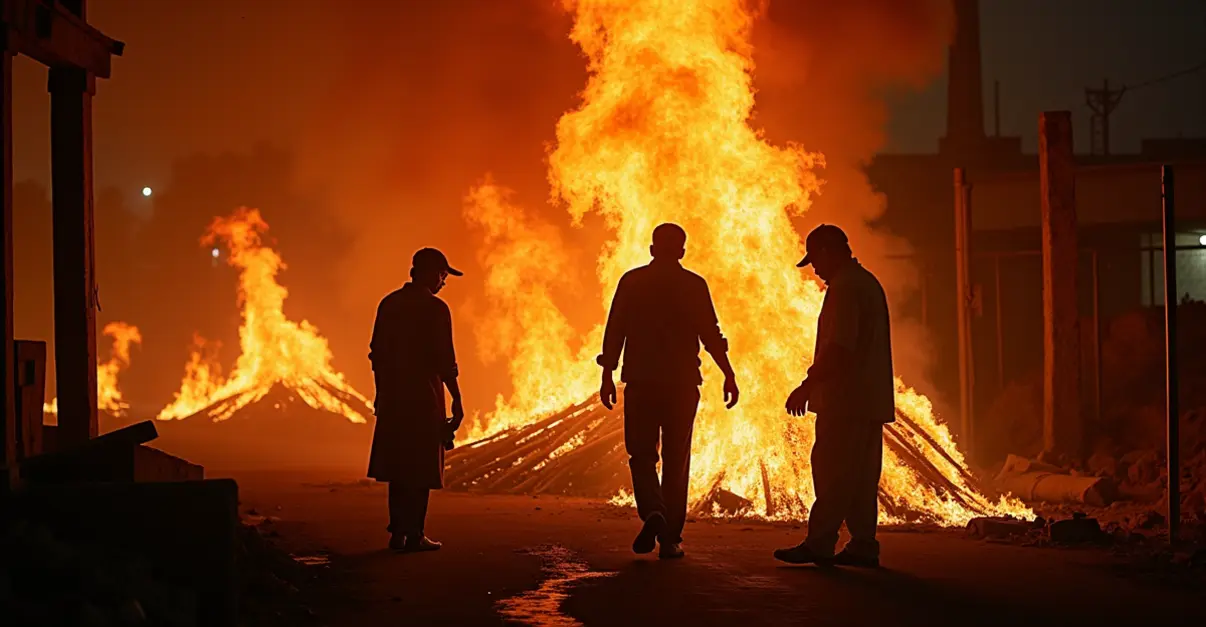
Tragic Factory Fire Claims 16 Lives in Dhaka
A devastating fire at a garment factory in Bangladesh's capital Dhaka has killed at least 16 people and injured three others, according to authorities. The blaze broke out on October 14, 2025, in a multi-story building that housed both a chemical warehouse and a clothing manufacturing facility in the Mirpur industrial area.
Firefighters received the first emergency calls around 11:45 AM local time and battled the intense flames for hours, deploying twelve fire engines to control the inferno. The bodies were discovered on the second and third floors of the factory, burned beyond recognition, requiring DNA testing for identification.
Safety Failures and Chemical Hazards
Fire service commander Mohammad Tajul revealed alarming safety deficiencies in the aftermath. 'Victims couldn't reach the roof because a grilled door leading there was locked,' he stated in an official declaration. 'There was a chemical explosion that released gases, causing people to lose consciousness and preventing their escape.'
Witnesses reported that the chemical storage area contained bleaching powder, plastic materials, and hydrogen peroxide - substances commonly used in clothing production for dyeing and bleaching processes. According to Independent, neither the factory nor the chemical warehouse had proper fire safety plans or approvals.
Bangladesh's Troubled Garment Industry
This tragedy highlights ongoing safety concerns in Bangladesh's massive garment industry, which ranks as the world's second-largest after China. The sector employs approximately 4 million workers, predominantly women, and contributes significantly to the country's economy with exports reaching $50 billion in 2024.
The industry has a troubled history of industrial accidents, including the 2013 Rana Plaza collapse that killed over 1,100 workers. Despite international safety agreements, enforcement remains inconsistent. 'When I heard about the fire, I immediately ran here. But I still haven't found her. I just want my daughter back,' one distraught father told Reuters while searching for his missing daughter outside the factory.
International Safety Agreements
In response to previous disasters, the Bangladesh Accord was established in 2013 as a legally binding agreement between fashion brands and trade unions. The accord mandates independent safety inspections and requires factories to maintain adequate emergency exits and firefighting equipment. According to Worker Rights Consortium, this binding safety framework has transformed dangerous factories into safer workplaces through inspections that uncovered over 140,000 safety violations.
The agreement was extended for six years in November 2023, but it remains unclear whether the factory involved in this latest tragedy was covered by the accord or which brands it supplied.
Child Labor Concerns
The incident also raises questions about child labor in the industry. According to UNICEF, approximately 1.7 million children aged 5-17 work in Bangladesh's clothing industry. While it's unknown if children were among the victims, the statistics highlight systemic issues in the sector.
As rescue operations continue and families await news of their loved ones, this tragedy serves as a stark reminder of the urgent need for improved safety standards and better enforcement of existing regulations in Bangladesh's vital garment industry.

 Nederlands
Nederlands
 English
English
 Deutsch
Deutsch
 Français
Français
 Español
Español
 Português
Português




